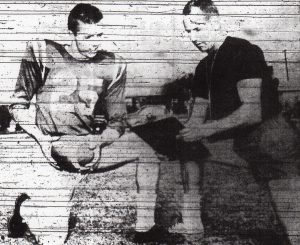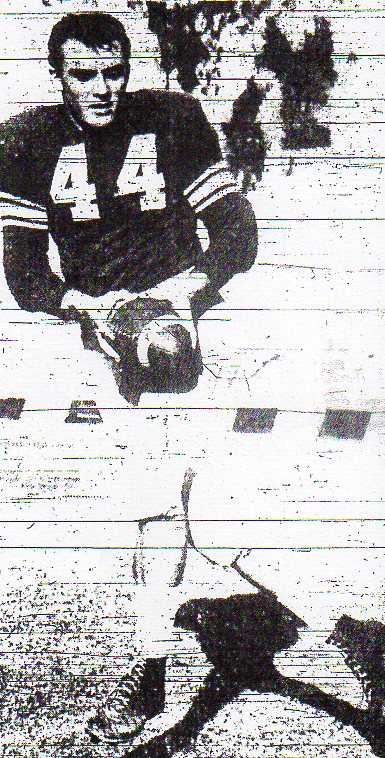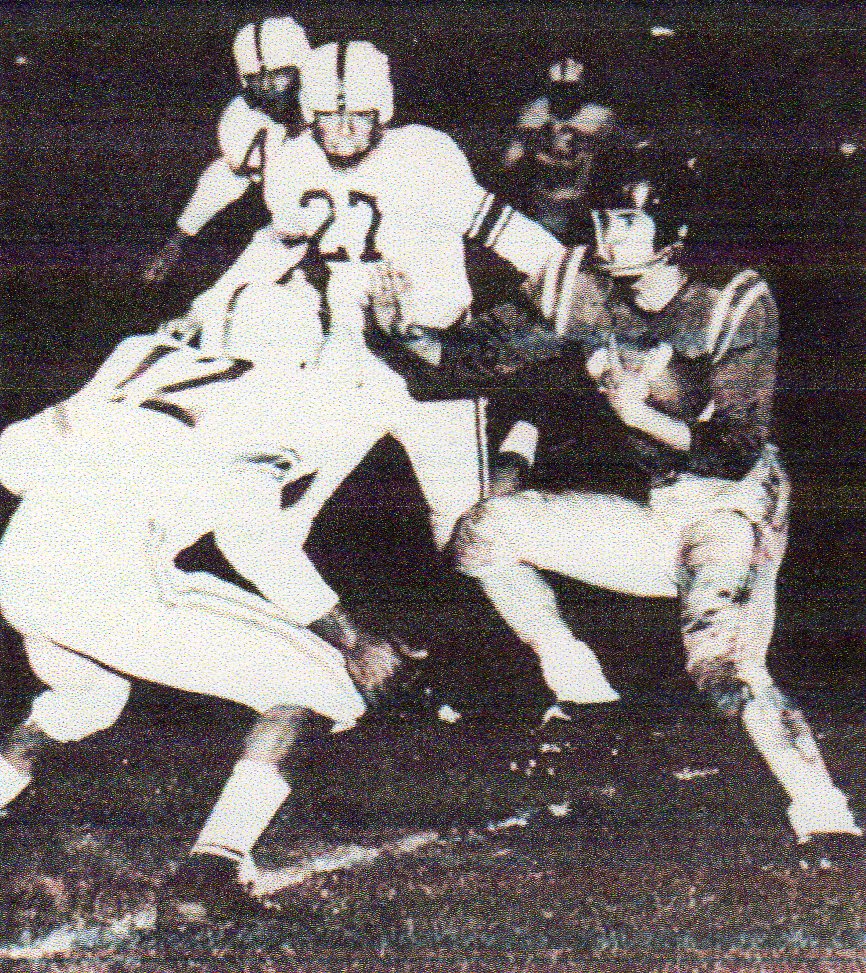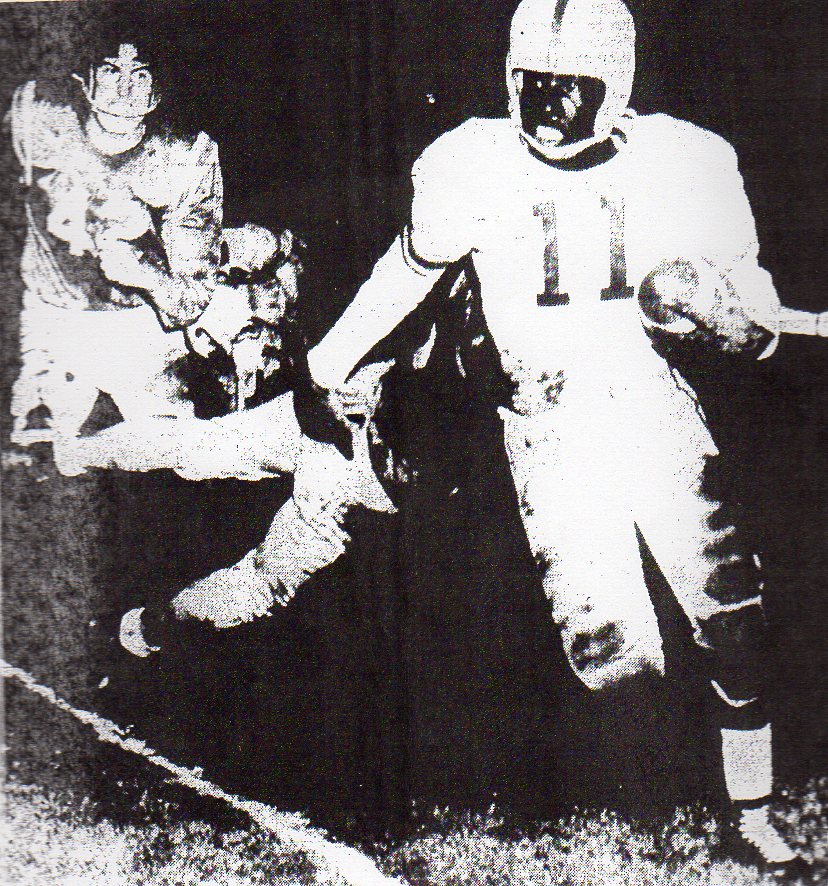2016-17 Week 3: All Quiet on Top
The first three teams in the Union-Tribune Top 10 are easy.
Between the numerous “Shootouts”, “Classics”, “Showcases”, and “Invitationals” which jot the basketball map at this point in the season, getting a handle on Foothills Christian, St. Augustine, and Torrey Pines, numbers 1, 2, and 3, respectively, is piece of cake.
Those teams annually play intersectional schedules and test their wares against the best of the best in the state.
It’s the others that are hard to read.
Serra is 16-0 and Vista 13-2, but they play largely local schedules or in one of the second-tier “classics.” Same with Helix (13-5), La Jolla (11-2), and Santa Fe Christian (10-4).
A better idea of those clubs’ profile will come only in the playoffs. For now, it’s about getting deeper into league play and, for a few, this weekend’s Martin Luther King games.
Foothills rose from 11th to eighth in the weekly Cal-Hi Sports top 20. St. Augustine elevated one position to 15th. Torrey Pines and Vista are on the bubble.
Mission Hills (13-1) dropped to 11th from sixth in Cal-Hi‘s girls’ top 20 and The Bishop’s (15-1) remained 20th. La Jolla Country Day (9-6) is on the bubble.
Mission Hills’ only loss was 65-62 in overtime to San Francisco Sacred Heart Cathedral in December. The Bishop’s dropped a 73-68, overtime decision to Eastlake but rebounded last week to beat the Titans, 70-65.
The Knights’ Destiny Littleton remains on fire, averaging 51.7 points a game and closing in on the state career scoring record of 3,837 set in 2003-04 by San Diego’s Charde Houston.
Boby’ records through Monday, Jan. 7:
| Rank | Team | Record | Points | Last Poll |
| 1 | Foothills Christian (5) | 13-2 | 95 | 1T |
| 2 | St. Augustine (5) | 11-3 | 95 | 1T |
| 3 | Torrey Pines | 12-3 | 80 | 3 |
| 4 | Vista | 13-2 | 66 | 4 |
| 5 | Serra | 16-0 | 54 | 7 |
| 6 | Helix | 13-5 | 33 | 9 |
| 7 | La Jolla Country Day | 10-7 | 23 | 5 |
| 8 | Cathedral | 6-8 | 20 | 8 |
| 9 | La Jolla | 11-2 | 15 | 6 |
| 10 | Santa Fe Christian | 10-4 | 14 | 10 |
Others receiving votes: Mission Hills (9-5, 12 points), Mater Dei (11-4, 10), Poway (13-4, 10), Rancho Bernardo (12-3, 7), La Costa Canyon (13-4, 6), Canyon Crest (11-2, 3), Coronado (17-2, 2), Patrick Henry (12-5, 1), Kearny (6-6, 1).
Poll participants include John Maffei, San Diego Union-Tribune; Steve Brand (San Diego Hall of Champions), Terry Monahan, Bill Dickens, Adam Paul, EastCountySports.com; Rick Willis, KUSI-TV; Rick Smith, partletonsports.com; Bodie DeSilva, sandiegopreps.com; Chris Davis, freelance; Aaron Burgin, fulltimehoops.com.




